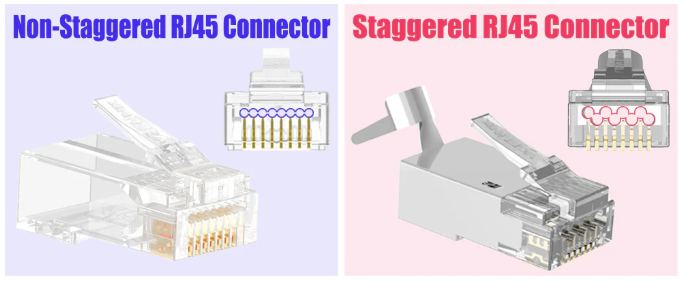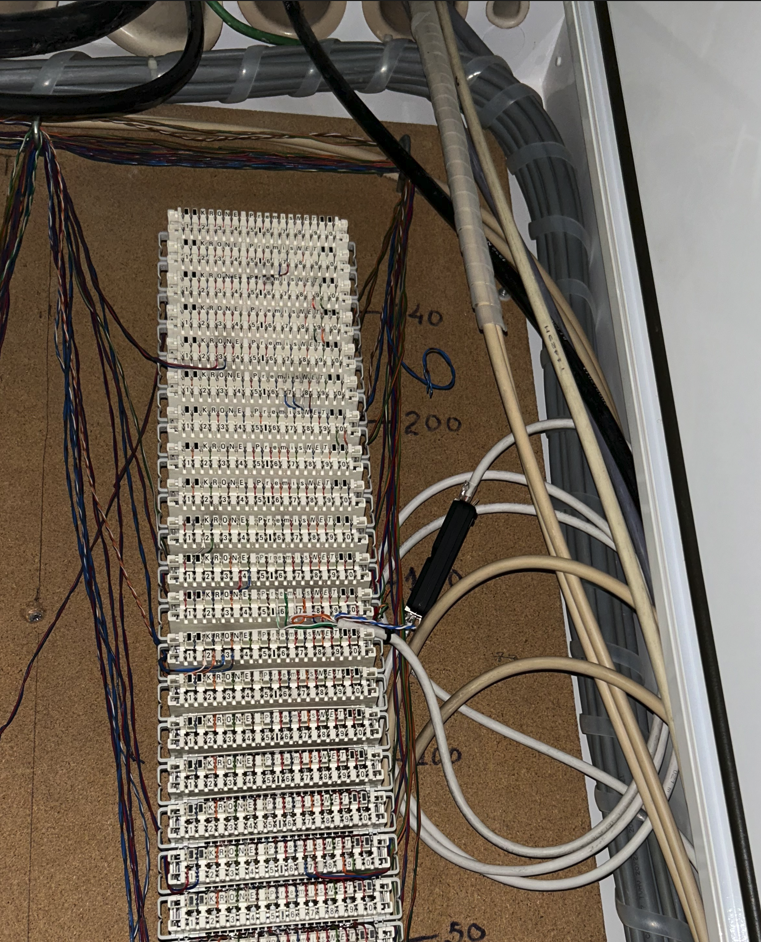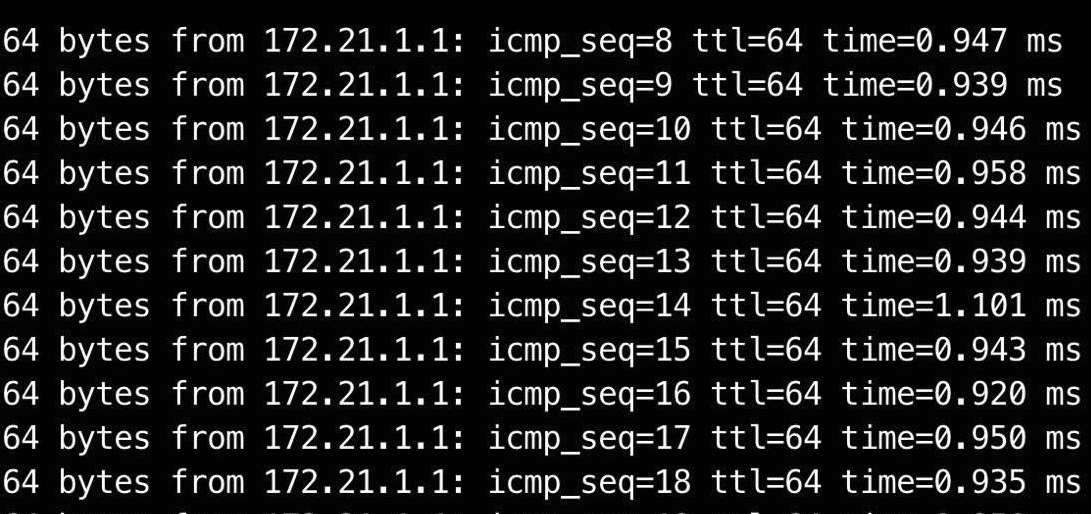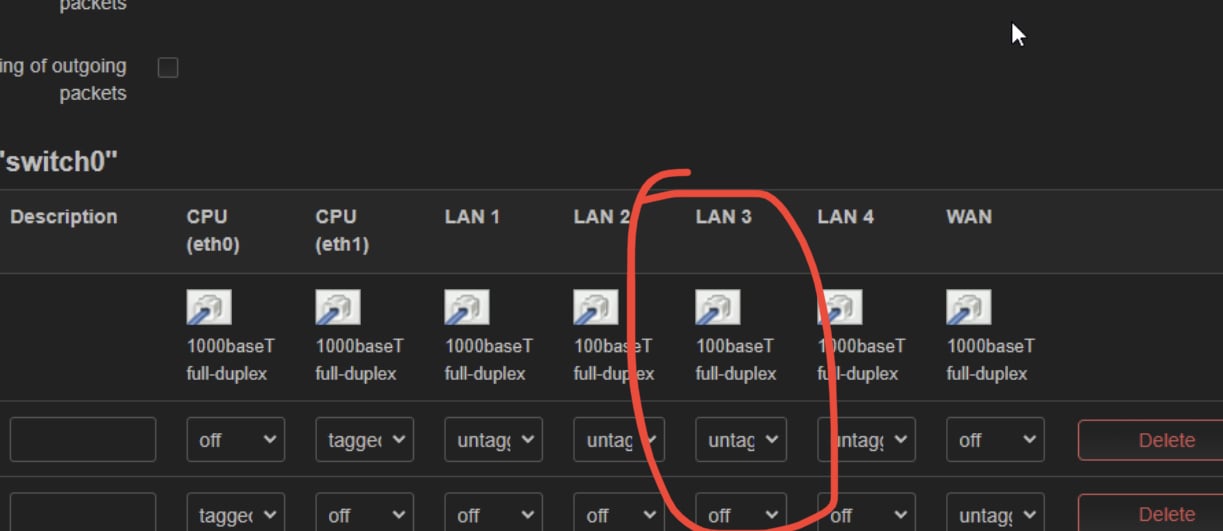

tax payer subsidies
It’s not subsidies, it is tax breaks if companies go there. A very different thing.


tax payer subsidies
It’s not subsidies, it is tax breaks if companies go there. A very different thing.


The future of ethernet is not expensive cabling, more like switches capable of doing more on current cables. We’ve been seeing this trend for a while.


So what, people need cloud services and Netherlands did the same and became one of the top spot for datacenters in Europe and nobody is bitching around.


I’ve done my fair share of long runs of Cat6e 23 AWG with PoE and they all work fine and gigabit on distances like 100 meters or close. Sometimes even slightly above that.
Staggered will reduce the failure rate by a lot, specially if you’re into gigabit speeds or anything above it. Although I know from experience that you can get gigabit on non-staggered connectors it won’t always happen on the first try. On long distances the noise caused by having the wires side by side may also cause problems.
Btw, if you’ve small patch cables don’t use solid core for those, those should be stranded cables and they’ll be more flexible, less likely to break when bent and less prone to bad contacts.


It depends: https://lemmy.world/comment/11680250


CCA wasn’t probably your issue there, CCA is actually becoming the standard everywhere because copper is way too expensive and to be fair not needed with modern hardware.
You most likely issue with that CCA is the AWG size you picked, cheap cable is usually 24, 26 or even 28 AWG and those will be bad.
If you want PoE or anything gigabit or above you need to pick 23 AWG. This is considerably cheaper than full copper and it will work fine for the max. rated 100m. Either way, cheap 26 AWG should be able to deliver gigabit and PoE at short distances like 20 meters or so.
Another important thing is to make sure your terminations are properly done and the plugs are good. Meaning, no Cat5e connectors should be used, always use staggered ones:



I’ve a run of around 60 meters of old telephone cables (made out of copper, 4 wires) and I can get 100Mbps on those reliably. I used the old telephone infrastructure on the building to pass network from an apartment to the basement that way.

Not to spec on ethernet on any way, not even twisted pairs but they do work. Unfortunately I can’t replace the run with a proper Cat6 cable because there’s a section that I can’t find where it goes to, it just disappears on a floor and appears 2 floors bellow it inside the main telephone distribution box.
On the distribution box (that is already on the basement of the building) I’m plugging into the LSA connector that goes to the apartment:

The black box you see there is a mikrotik gper that is essentially a PoE switch with only 2 ethernet ports so I can get over the 100m limitation of ethernet. I’m running a cat6 cable from there on metal cable trays for about another 90 meters until it reaches a storage unit 2 floors bellow ground.
Here’s a ping test from a machine sitting on the storage box to the router on the apartment:

The router reports this as a 100M full-duplex connection:

If anyone wants to try a setup like this, or just extend ethernet > 100m, it also worked fine with a cheap 5$ 100M switch from Aliexpress and a PoE injector + splitter.

However I eventually got the mikrotik gper for free so I decided to replace it because it should be more reliable.


Yes but… tests are done in controlled environments and ideal conditions, there are big real world differences with CCA vs fully copper or those solid core options vs stranded ones. They’ll all perform differently depending on distances, noise immunity will vary and will break differently in different ways when tension is applied. You can also get Cat5e on different AWG sizes, all spec compliant but all very different from each other.
The bottom line is: it all comes down to how much you’re willing to spend.


Yeah and don’t forget good terminations. I’ve seen a lot of people not getting the speeds they could get just because they used cheap plugs/connectors.


It may do more at short distances with good connectors and if fully copper. The OP definitely had poor termination and/or broken wires.


I wasn’t aware you could flash Linux on those, that’s pretty neat.
Well, that’s the problem: you can’t. As I said, if I could run Debian+GNOME on that thing it would completely replace my laptop. But I can’t.


Already tried it, total garbage on that device, 10 minutes to boot, unusable UI. Virtualization is never a good solution.


I kind of dread to think about using Linux DEs on a tablet. Maybe gnome would work okay.
I’ve an iPad Pro (1st gen, 2.26 GHz dual-core 64-bit, 4GB of RAM) with keyboard, if I could run Debian+GNOME on that thing it would completely replace my laptop. When you’ve a full keyboard that form factor is just as useful as a laptop. Not very powerful but good enough for a full browser and a couple of document processing applications and whatnot.
To be fair, I would even buy one of those Lenovo P12 Pro tablets with 8GB of RAM and 8 CPU cores if there was a way to run Linux. Those machines with those specs would most likely provide an experience as good as most laptops when paired with bluetooth keyboard and mouse.


I’m no fan of apple), you can get a decent range if work done on an iPad, though I would love an open alternative.
I don’t doubt that but a full OS… is a full OS.


Your second link points to a 3-year old, closed Git issue that ends with this: Resolved in CalyxOS 4.9.4, June 2023 Feature Update. Please go spread your FUD someplace else.
Let me be very clear about this: the issue isn’t that it isn’t’ fixed, because it is, the issue is that it happened in the first place and a complete failure like that simply does not happen with GrapheneOS.


The framework guys could turn into making tablets with open bootloaders, not the locked bullshit that all vendors from Samsung to Chinese brands like to do. Let’s face it, a lot of us want a tablet running a full OS, not iOS or Android and those locked bootloaders make it impossible.


, I WANT ANOTHER OPEN PHONE MANUFACTUROR, right now there is only google pixel…
Yeah, that’s an issue there.


Unlike others, Graphene has very strict requirements when it comes to devices to ensure you’re safe. As usual if you’re looking to have any security (Verified boot) GrapheneOS + Pixel phone is the only options. I really don’t get it how come people in places like this are okay with having a phone with all their personal data and logins without verified boot. Stolen / lost phone = game over.
Calyx, for instance, isn’t as good as GrapheneOS, they do a lot of snitching on you (including to Google and Mozilla) and they overlook critical details such as this one allowing the OS to contact 3rd parties such as Qualcomm. More relevant information for you from here:
XTRA is technology offered by Qualcomm Technologies, Inc. in the US and QT Technologies Ireland Limited in the European Economic Area to improve mobile device performance. XTRA downloads a data file from Qualcomm containing the predicted orbits of the Global Navigation Satellite System (GNSS) satellites. Using the XTRA data file reduces the time the device needs to calculate its location, thus saving time and battery power when using location-based applications. Newer versions of the XTRA software also upload a small amount of data to us. We use the uploaded data for purposes described in this Policy, such as maintaining and improving the quality, security, and integrity of the service. XTRA uploads the following data types: a randomly generated unique ID, the chipset name and serial number, XTRA software version, the mobile country code and network code (allowing identification of country and wireless operator), the type of operating system and version, device make and model, the time since the last boot of the application processor and modem, and a list of our software on the device
Before you say this is the CPU’s fault, it isn’t, at least on its own. GrapheneOS also deals with this kind of stuff and has patches and options so you can block it.
Other phone brands, let’s say Fairphone just don’t make thing right. Fairphone guys have been petitioned multiples times to open their platform and/or collaborate with projects such as GrapheneOS and CalyxOS so user can have private and secure phones but they don’t care.
CalyxOS does support the Fairphone 4 however that’s only due to the persistence and reverse engineering efforts of the CalyxOS project / community. If you decide to use it you won’t have a secure bootloader anymore due to a bug in Fairphone’s firmware that they choose not to fix. That simply shows how “fair” the “Fairphone” really is and how permissive CalyxOS is.


Here’s the thing, you now know you’ve to replace the battery every 3 years or so, but I’ve SONY batteries running for 5 years and they’re fine. Now, your motherboard’s manufacturer is a piece of shit, the board should’ve just ignored the issue and proceeded to the OS. All modern operating systems sync the UEFI time whenever they get time from NTP so no need to halt the boot process.
Encrypted traffic interception on Hetzner and Linode targeting the largest Russian XMPP (Jabber) messaging service.